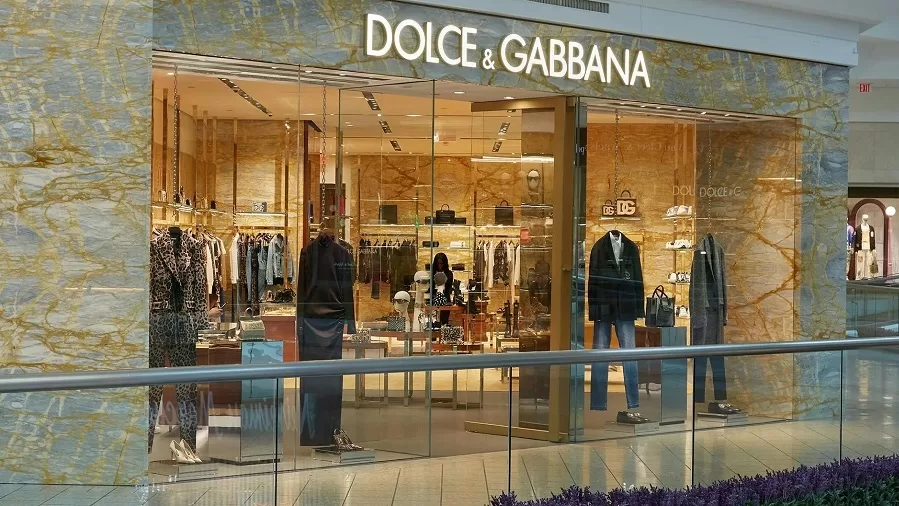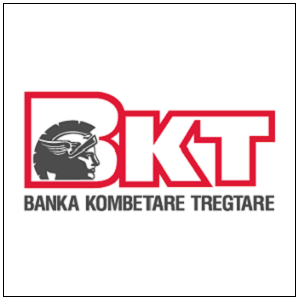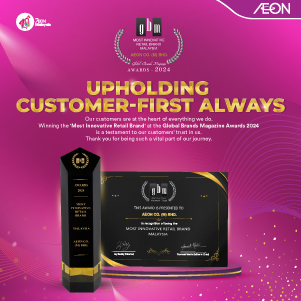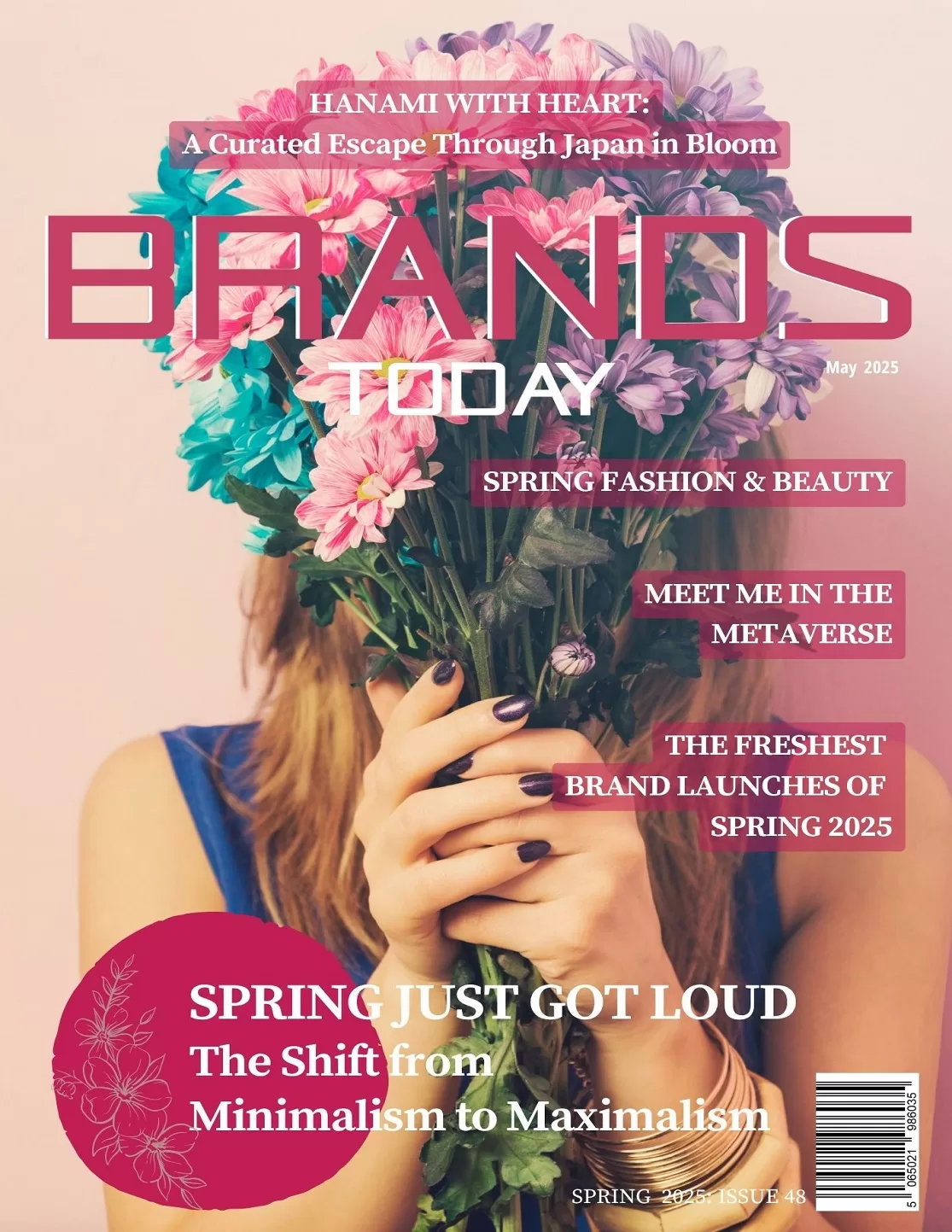Lifestyle
Inside Dolce & Gabbana’s Alta Sartoria at Castel Sant’Angelo: A Roman Tribute to Men’s Couture

- Dolce & Gabbana unveiled their Alta Sartoria menswear show on Ponte Sant’Angelo in front of Rome’s iconic Castel Sant’Angelo, turning the historic setting into a runway.
- The presentation offered more than fashion. It was a study in heritage, artisanship, and cultural storytelling through tailored garments.
Dolce & Gabbana’s Alta Sartoria isn’t just a fashion collection. It’s a presentation of identity, heritage, and hand-stitched storytelling. Held on Ponte Sant’Angelo in front of Castel Sant’Angelo, this show used the Roman skyline as a grand backdrop.
Rome wasn’t chosen at random. The city’s imperial echoes suited the tone. Castel Sant’Angelo, once the mausoleum of Emperor Hadrian, offered both a symbolic and physical pedestal. Guests walked through layers of marble, fresco, and shadow before the show began.
A Stage of Legacy and Power
The fortress stood guard as models walked across Ponte Sant’Angelo. Each look paid homage to Italy’s visual history.
- Ornate tunics with baroque iconography
- Cloaks resembling the vestments of Renaissance cardinals
- Silhouettes evoking Roman military and regal figures.
Every piece drew connections between power and fabric. The tailor did not speak softly. It made deliberate statements about lineage, legacy, and masculinity.
The audience included actors, athletes, editors, and global buyers. Their phones caught each detail: golden embroidery, velvet drapes, and mosaic motifs.
It was part museum tour, part religious ceremony. The designers described the theme as one of “haute priests” — a reference to men of stature, not clergy.
Bringing Artisanal Menswear to Centre Stage
Alta Sartoria exists in a niche. It targets the male consumer who sees clothing not as a function but as a language. Unlike ready-to-wear, this collection required:
- Months of handiwork in Milan and Palermo ateliers
- Use of regional textiles and traditional Sicilian embroidery
- Historic references grounded in Italian literature and opera
Domenico Dolce and Stefano Gabbana do not shy away from drama. But this collection stayed within the frame of artisanship. The needlework, lapel shaping, and layering weren’t designed for mass replication.
For collectors and cultural clients, that’s the point. Each item becomes a conversation piece — not just about fashion, but about Italy itself.
Global Brand Implications of Alta Sartoria
Dolce & Gabbana’s choice of Rome was strategic. It signals the brand’s intent to connect its global profile with local prestige. For luxury brands based in London, Paris, or Dubai, it poses questions:
- Can historic relevance enhance retail appeal?
- Should craftsmanship outweigh market volume?
- How can fashion become part of urban storytelling?
The Alta Sartoria show suggests that spectacle and setting matter. Especially in a world where fashion weeks are losing cultural cachet. For global brands, activating spaces with narrative depth can shift perceptions.
Who Buys Alta Sartoria?
The target customer is not browsing department stores. They’re private clients, royalty, athletes, and legacy builders. The garments are sold via appointment. There are no retail racks or online carts.
Data from Bain & Company forecasts the global personal luxury goods market to grow to €530 billion by 2030. Custom luxury, like Alta Sartoria, is expected to command a strong niche.
With high-profile interest from markets in the Middle East, Asia, and Eastern Europe, Dolce & Gabbana is positioning itself as more than a fashion house. It is offering cultural memory stitched in silk.
Alta Moda vs Alta Sartoria
While Alta Moda focuses on women’s couture, Alta Sartoria is its menswear counterpart, each with its vocabulary of craftsmanship and heritage. This collection diverged from classic tuxedos or monotone suits. It played with proportion, fabric weight, and ceremonial styling.
- Capes hand-lined with Byzantine iconography.
- Brocade jackets paired with voluminous, ceremonial trousers.
- Embellishments drawn from frescoes and Vatican art
It was a deliberate avoidance of the trend. The styling looked towards history, not current catwalks. This differentiates Sartoria from most modern menswear presentations.
Brand Heritage and Long-Term Equity
For Dolce & Gabbana, Alta Sartoria plays a long game. It doesn’t sell in bulk. It builds perception.
Brand equity isn’t driven by volume in luxury fashion. It is constructed through rarity, media coverage, and symbolic partnerships.
- The Castel Sant’Angelo event received global coverage, including from Vogue and local Italian networks.
- Social media impressions surpassed 20 million across multiple platforms
- Celebrity attendance included high-profile figures such as athletes and international elites.
These numbers don’t just reflect viewership. They build desire. And desire, in fashion, is currency.
Could This Have Happened Elsewhere?
It could have been Florence. Or Palermo. Or even Venice. But Rome’s Castel Sant’Angelo gave the show the gravity it needed. The space added meaning.
The event echoed what many luxury brands seek today — a return to origin, place, and ritual. In a market dominated by speed and algorithms, the idea of permanence feels new again.
Alta Sartoria tapped into this shift. And it did so with purpose, not performance.

























































